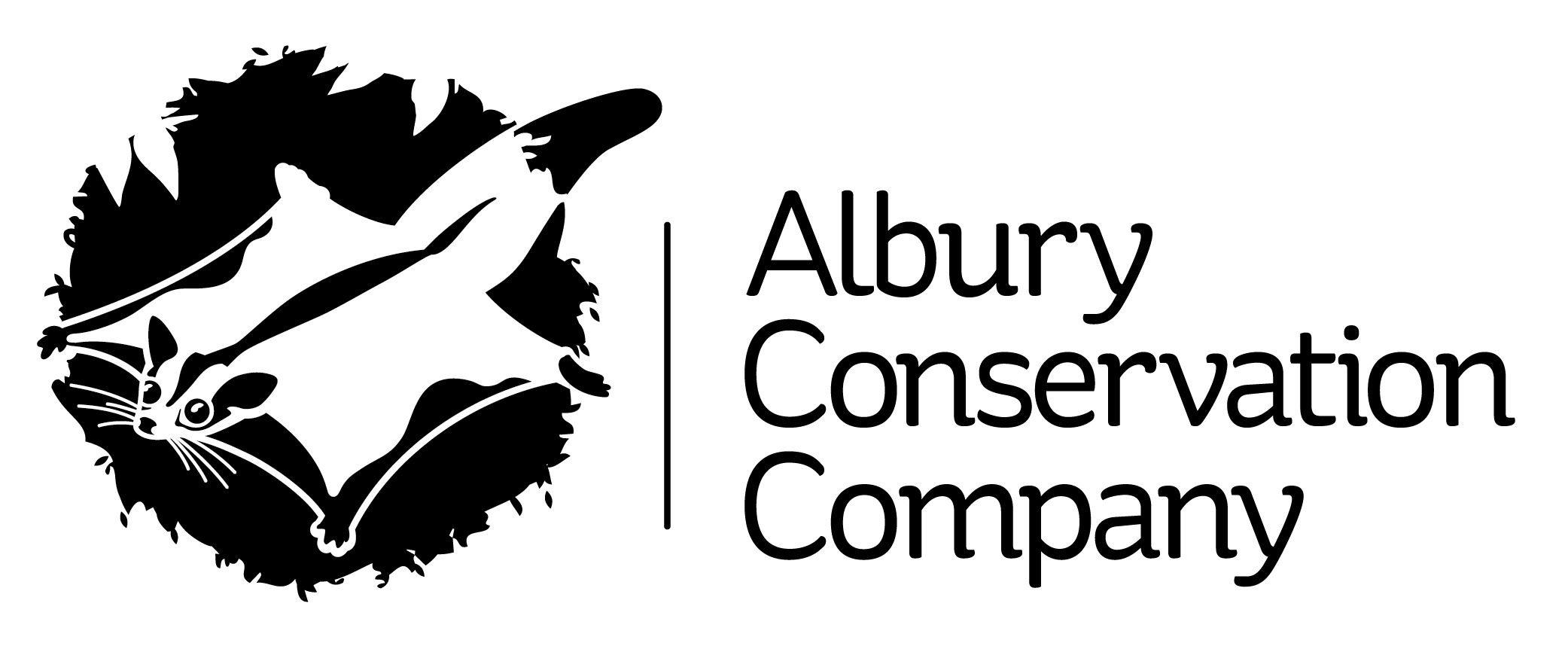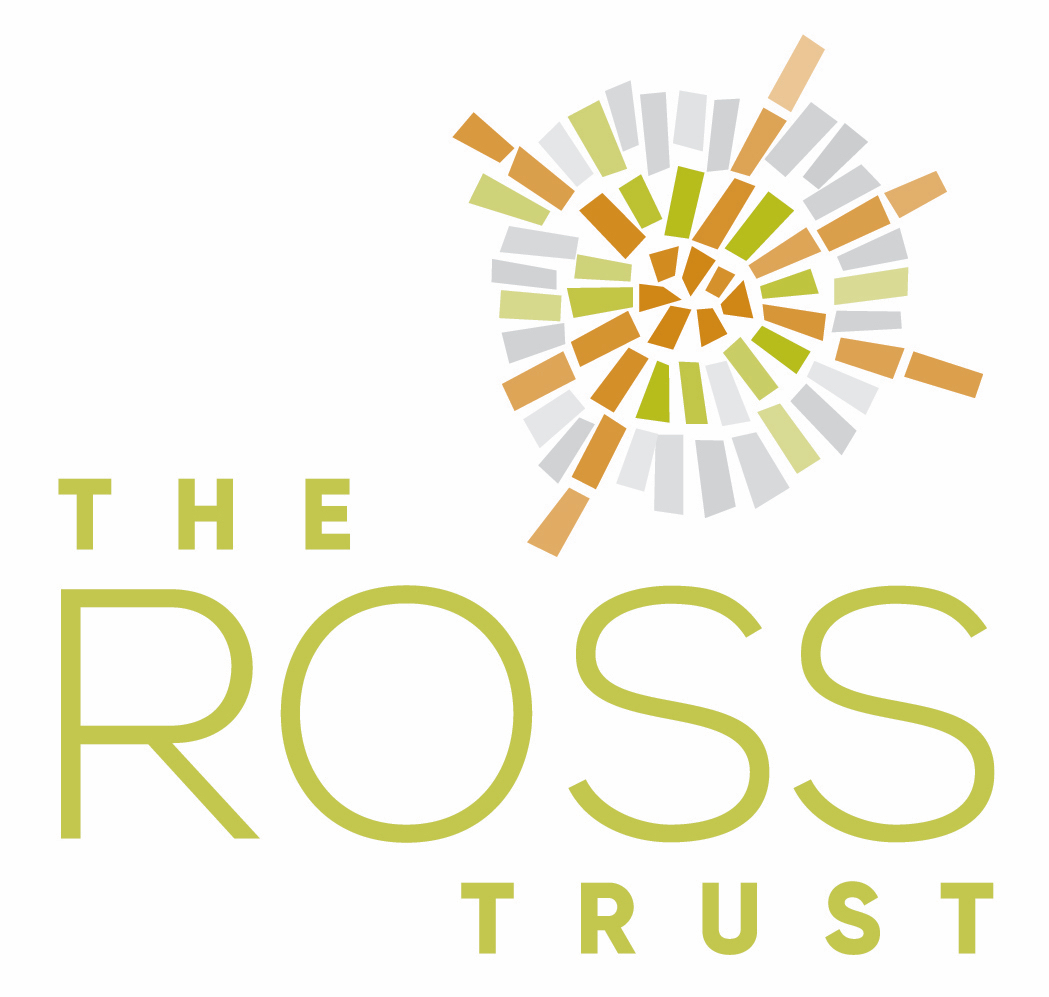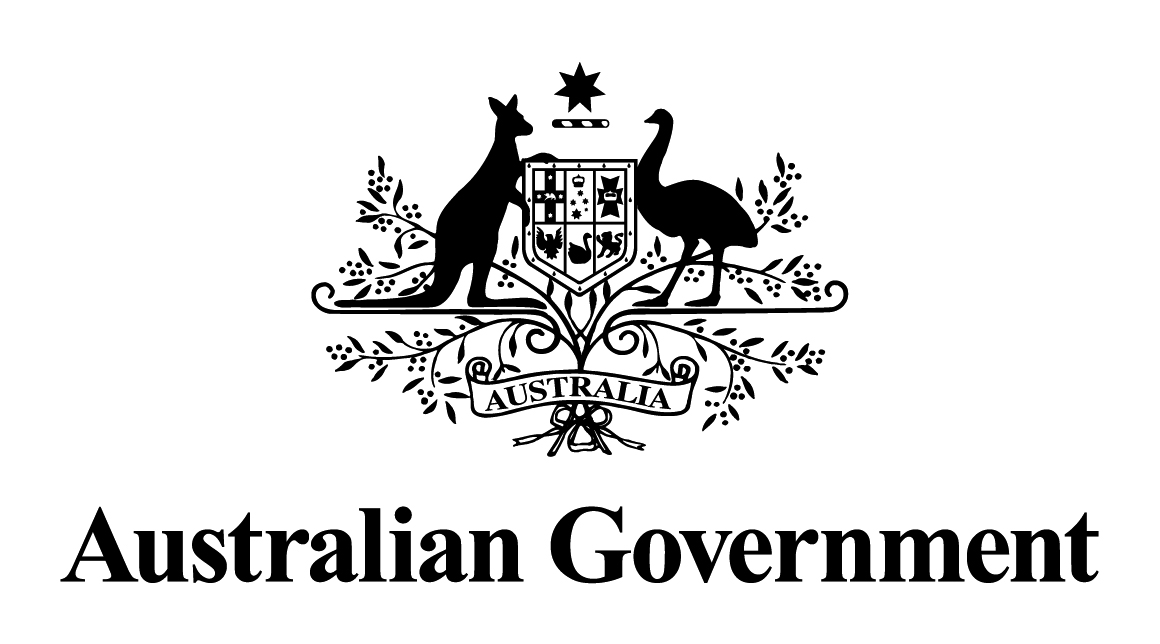Background
Posted by AaronClausen
Albury Wodonga Nature Map was launched in July 2020.
Part of the NatureMapr citizen science platform, the creation of Albury Wodonga Nature Map was instigated and co-funded by Albury Conservation Company (ACC). ACC also secured additional funding from the Ross Trust, the Australian Government's Communities Environment Program (Farrer electorate), and the Festival of Folk, Rhythm and Life (FRL).
The platform is being supported by Albury City and Wodonga Council, as reflected in the four-year Action Plan of the Regional Natural Environment Strategy, developed by both councils in 2020.
In the first year of Albury Wodonga Nature Map, 150 local citizen scientists have joined as members, and have helped contribute over 2,000 new local wildlife sightings with photos. This includes sightings of species not previously documented in the region, as well as a marked increase in records of some threatened species, such as the Squirrel Glider (Petaurus norfolcensis).
150 reserves, parks and other locations have also been mapped on the site. Sightings uploaded by members are helping to create on-line photographic 'field guides' of wildlife at key locations in and around Albury Wodonga - Australia's 20th largest city.
Sightings added to Albury Wodonga Nature Map make their way to the Atlas of Living Australia, Australia's largest biodiversity database.
The aim of Albury Wodonga Nature Map is to engage local citizen scientists to not only learn more about their immediate environment, but also contribute their own wildlife sightings from their backyard, farm or local reserve.
This will ultimately help our communities better understand our unique wildlife, and ensure that endangered and threatened species are conserved as Albury Wodonga becomes increasingly urbanised over the next 20-30 years.




